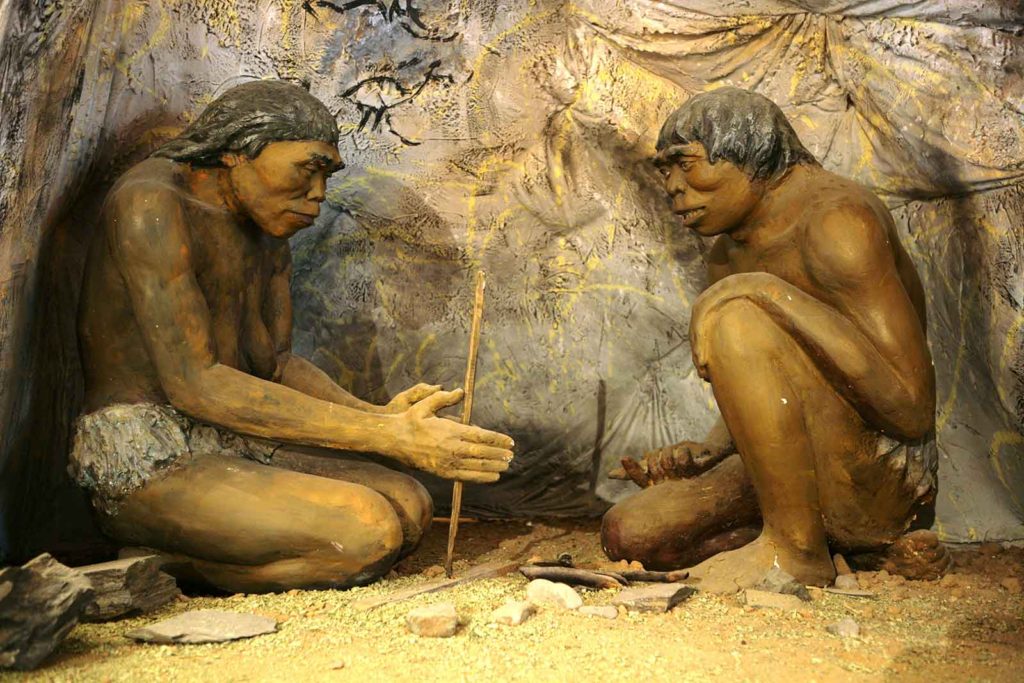Table of Contents
How the Wolf Became the Dog
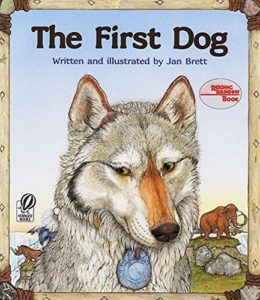 |
Jan Brett’s The First Dog (Voyager Books, 1992) is the exquisitely illustrated picture-book tale of Kip, an Ice-Age boy, who is followed home by a paleowolf, begging for a taste of Kip’s roasted woolly-rhino bones. En route, the wolf saves Kip from assorted dangers, among them a menacing saber-toothed cat, after which the two strike a deal: protection in exchange for food. For ages 4-8. |
 |
By Lee Alan Dugatkin and Lyudmila Trut, Pushinka the Barking Fox (Persnickety Press, 2019) is the story of a domestication experiment with a silver fox pup – which may just show us how wolves became dogs. Illustrated with photos. For ages 4-8. |
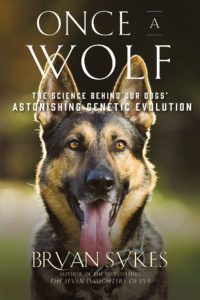 |
By geneticist Bryan Sykes, Once a Wolf (Liveright, 2019) traces the science of the “astonishing” evolution of our best friend – which likely literally began when a human child adopted a wolf cub. An interesting and reader-friendly account for teens and adults. |
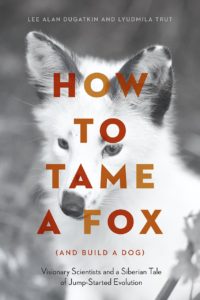 |
By Lee Alan Dugartkin and Lyudmila Trut, How to Tame a Fox (and Build a Dog) (University of Chicago Press, 2019) is the story of an attempt to study the evolution of the domesticated dog – using Siberian foxes. For teen and adults. |
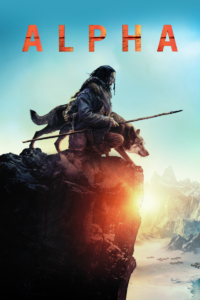 |
In the movie Alpha (2018), an adventure/survival story set in the last Ice Age, a young man is injured on his first hunt and separated from his tribe. Alone in the wilderness, he tames a wolf and together the pair set out to find their way home. Rated PG-13. |
|
From the Smithsonian, read about the science behind Alpha. |
|
|
See this short hyperlinked article on the Evolution of the Dog from PBS. |
|
|
Also see WOOF! All About Dogs. |
Human Evolution
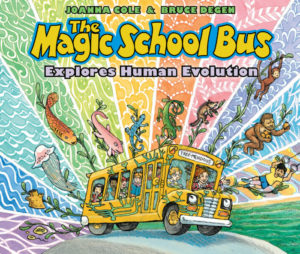 |
In Joanna Cole’s The Magic School Bus Explores Human Evolution (Scholastic, 2021), Arnold wants to know more about his family tree – so the marvelous Ms. Frizzle takes her class back 3.5 billion years in time. For ages 4-9. |
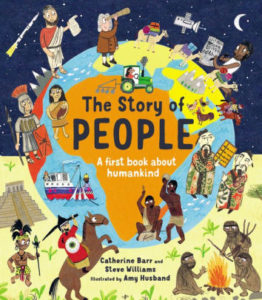 |
By Catherin Barr, The Story of People (Frances Lincoln Children’s Books, 2019) is a whirlwind tour of the history of humankind from early hominids to the present day, illustrated with colorful childlike drawings. It’s necessarily truncated – all of human history in 40 pages? – but is still a good jumping-off point for younger kids. Read it together and prepare to answer lots of questions. For ages 5 and up. |
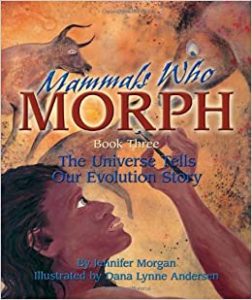 |
Jennifer Morgan’s Mammals Who Morph (Dawn Publications, 2006) is an excellent history of mammalian evolution, from the tiny mammals who survived the asteroid strike that did in the dinosaurs through an amazing range of new animals: horses, whales, elephants, people. For ages 6-11. |
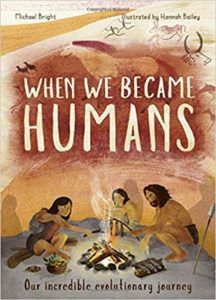 |
Michael Bright’s When We Became Humans (words & pictures, 2019) is a well-done illustrated guide to human evolution beginning with the first tiny primates who lived 65 million years ago and proceeding through the anatomical and behavioral changes that led to modern humans. A good pick for ages 7-11. |
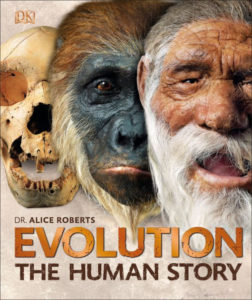 |
By Alice Roberts, Evolution: The Human Story (DK, 2018), a gorgeously illustrated and designed overview, begins with fossils and the geological record and goes on to cover primates, hominins, the human migration out of Africa, and the transition from hunter-gatherers to farmers. For ages 13 and up. |
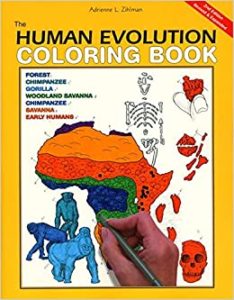 |
Learn through coloring! Adrienne L. Zihlman’s The Human Evolution Coloring Book (HarperCollins, 2001) covers a wide range of topics from Darwin’s discoveries through evidence for evolution, Mendelian genetics, Earth history, primate diversity, early hominids, and the rise of Homo sapiens. Black-and-white to-be-colored illustrations are paired with a detailed text. 300+ pages for teens and adults. Pair with a pack of colored pencils. |
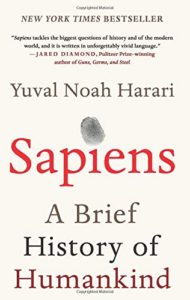 |
Subtitled “A Brief History of Humankind,” Yuval Noah Harari’s Sapiens (Harper Perennial, 2018) traces the story of our species – beginning 100,000 years ago when at least six different species of humans lived on Earth. A fascinating read for teens and adults. |
 |
From the American Museum of Natural History, see this YouTube presentation of 7 Million Years of Human Evolution. |
|
From the Smithsonian Museum of Natural History, see What does it mean to be human? – an online introduction to human evolution with lesson plans, fun facts, a glossary, and more. |
|
| See this illustrated Evolutionary Timeline of Homo sapiens. | |
|
From National Geographic, Human Evolution 101 includes short explanations of how evolution works, the major milestones in human evolution, and the question of the “missing link.” |
|
| Human evolution was complicated. From Scientific American, see How Scientists Discovered the Staggering Complexity of Human Evolution. | |
 |
On YouTube from Big History, see this fifteen-minute crash course in Human Evolution. |
|
Also see Evolution. |
